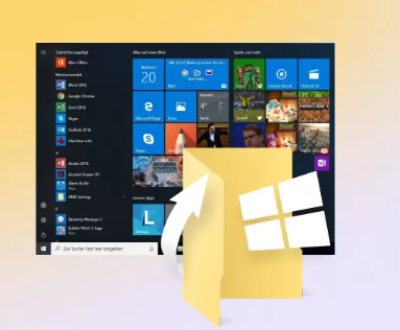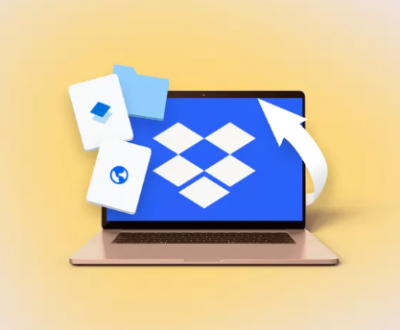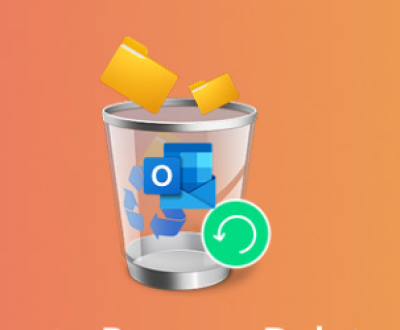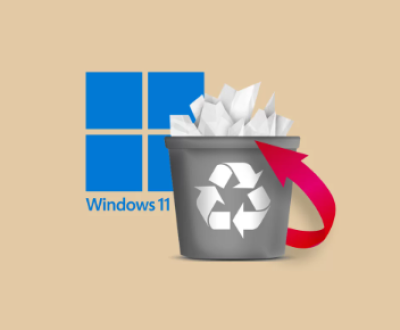Data loss can be a frustrating experience, especially when it involves a USB drive containing important files. One common scenario is accidentally formatting a USB drive. But can data be recovered from a formatted USB? The short answer is often yes, depending on various factors.
1. USB Formatting
1.1 What is Formatting?
Formatting is the process of preparing a storage device for use by an operating system. When you format a USB drive, you essentially create a new file system on it, which allows the system to manage how data is stored and retrieved. There are two primary types of formatting:
Quick Format: This option resets the file system and marks the space as available for new data, but it typically doesn’t erase the actual data.
Full Format: This option writes zeros to the entire drive, effectively erasing all data. However, even in a full format, data may still be recoverable using advanced methods.

1.2 The Impact of Formatting on Data
When you format a USB drive, the data remains on the drive until it is overwritten by new data. The operating system simply removes the pointers to the old data. Therefore, the chances of recovery depend largely on whether any new data has been written to the drive after formatting.
2. Factors Influencing Recovery
Several factors can influence the success of data recovery from a formatted USB drive:
Type of Format: A quick format retains the old data, while a full format can complicate recovery.
Time Since Formatting: The sooner you attempt recovery after formatting, the better your chances. Over time, new files may overwrite the old data.
Usage After Formatting: If the drive has been actively used post-formatting, the likelihood of data recovery decreases significantly.
Drive Condition: Physical damage or corruption can affect the recovery process.
3. Recovery Methods
If you find yourself in a situation where you need to recover data from a formatted USB drive, here are some methods to consider:
3.1 DIY Recovery Software
There are many software options available that can help you recover data from a formatted USB drive. Some popular tools include:
Recuva: A user-friendly tool that supports various file types and can recover data from formatted drives.
EaseUS Data Recovery Wizard: This software offers a free version with a simple interface and powerful recovery capabilities.
Disk Drill: Known for its intuitive design, Disk Drill provides both free and paid versions for data recovery.
PhotoRec: A free, open-source tool that specializes in recovering lost files, especially images, from various storage devices.
Steps to Use Recovery Software:
Download and Install: Choose a recovery software and install it on a different drive than the one you’re trying to recover.
Connect the USB Drive: Plug in the formatted USB drive to your computer.
Launch the Software: Open the recovery tool and select the USB drive.
Scan for Recoverable Files: Initiate a scan. This can take time, depending on the size of the drive.
Preview and Recover: Once the scan is complete, preview the recoverable files and select the ones you want to restore. Save them to a different drive to avoid overwriting data.
3.2 Professional Data Recovery Services
If the DIY approach doesn’t yield satisfactory results, consider seeking professional help. Data recovery specialists have advanced tools and techniques to recover data that standard software may not access. This option is often more expensive, but it can be worth it for critical data.
4. Best Practices for Data Recovery
To maximize your chances of successful data recovery, consider the following best practices:
Act Quickly: The sooner you attempt recovery after formatting, the better your chances.
Avoid Writing New Data: Do not use the USB drive for new files after formatting. This helps prevent overwriting existing data.
Use Reliable Software: Choose reputable data recovery tools that have good reviews and a proven track record.
Create Backups: Regularly back up important data to avoid future loss. Use cloud storage or external drives for additional security.
5. Preventive Measures
While data recovery can be effective, it’s always better to prevent data loss in the first place. Here are some preventive measures:
Regular Backups: Implement a consistent backup strategy. Use software that automatically backs up files at scheduled intervals.
Use Reliable File Systems: Choose a file system that suits your needs. NTFS, FAT32. and exFAT each have their pros and cons.
Safe Ejection: Always eject your USB drive safely to avoid corruption.
Educate Yourself: Understand the risks of formatting and how to handle your USB drive properly.
Recovering data from a formatted USB drive is often possible, particularly if you act quickly and use the right tools. Whether you choose to tackle the recovery yourself with software or seek professional assistance, understanding the formatting process and the factors affecting recovery will help you navigate the situation more effectively.
About us and this blog
Panda Assistant is built on the latest data recovery algorithms, ensuring that no file is too damaged, too lost, or too corrupted to be recovered.
Request a free quote
We believe that data recovery shouldn’t be a daunting task. That’s why we’ve designed Panda Assistant to be as easy to use as it is powerful. With a few clicks, you can initiate a scan, preview recoverable files, and restore your data all within a matter of minutes.

 Try lt Free
Try lt Free Recovery success rate of up to
Recovery success rate of up to









